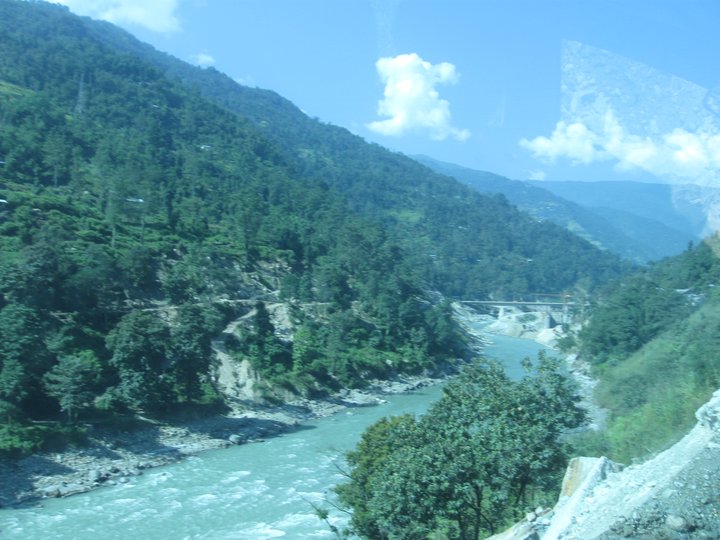
WANDERLUST Sea Nile Photo : M K Paul Samsara Mansarovar
In this essay we will be learning about the history of the Nile River and how it has helped in shaping the culture of North Africa. As the river flows we will flow through this essay learning about the journey of the River Nile and the people it has influenced.
INTRODUCTION-
The Nile River is often referred to as the lifeline of Egypt, as it has greatly influenced the country’s history, culture, and civilization for decades or even centuries. It was discovered by John Hanning Speke. The name of the river comes from the Greek word Nelios. This river not only carries water but also carries the magnificent history in it. The waves of the river represent the centuries and lives of the African people. It is known as the longest river in the whole world.
It flows from south to north, stretching over 6,650 kilometers flowing in 11 countries namely the Democratic Republic of the Congo, Tanzania, Burundi, Rwanda, Uganda, Kenya, Ethiopia, Eritrea, South Sudan, Sudan, and Egypt. It has three tributaries – the White Nile, the Blue Nile and the Atbara. The Nile has played a significant role in the development of the region, and its impact can be seen in various aspects of North African society, from its ancient past to its modern era.
FERTILE SOIL-
First and foremost, the Nile River has been essential for the development of agriculture in North Africa. It has provided a constant source of water, allowing for the cultivation of crops such as wheat, barley, and flax. The annual flooding of the Nile brought nutrient-rich silt to the riverbanks and the farmland, making the soil incredibly fertile. This allowed the ancient Egyptians to develop a refined agricultural system and led to the rise of one of the most powerful and influential civilizations in history.
SEASONAL CALENDAR-
The river also served as the seasonal calendar in Ancient Egypt. The year was divided into three seasons- Akhet, when the Nile overflowed the agricultural land; Peret, the time of planting when the Nile returned to its bed; and Shemu, the time of low water and harvest.
TRADE-
The Nile has also been crucial for trade and transportation in North Africa. The river acted as a natural water highway, allowing goods and people to move easily between different regions. This facilitated the exchange of ideas, technologies, and goods, contributing to the cultural and economic development of the region.
The ancient Egyptians usually utilized the Nile to transport monumental building materials like bricks and traded with neighboring regions along its banks. The ancient Egyptians exported gold, grains, ivory, linen and stone and glass objects like statues most commonly to Nubia.
RELIGIOUS BELIEFS-
Every iconic and famous place has its own religious history or myth attached to it. The Nile has been central to the religious and spiritual beliefs of the North African societies. In ancient Egypt, the river was considered to be a source of life and fertility, with the god Hapi being the personification of the Nile.
God Hapi was considered the god of annual flooding. The annual flooding of the river was seen as a divine event, and the ancient Egyptians celebrated it with festivals and rituals. As the floods deposited the silts and minerals making the soil fertile. Even today, the Nile remains a symbol of life and prosperity to the people of North Africa. Another myth is that the floods in the river Nile is caused by the tears that Isis shed, after her husband Osiris was murdered by his brother Seth.
MODERN EGYPT-
The Nile has also shaped the geopolitical landscape of North Africa. Many of the region’s ancient and modern cities, such as Cairo and Luxor, were established along the banks of the river. These cities served as centers of power and culture, and they have played a significant role in shaping the history of the region. In addition, the construction of the Aswan High Dam in the 20th century has had both positive and negative effects on the countries that share the river, influencing their economies and political relationships.
CONCLUSION-
In conclusion, the Nile River has profoundly shaped the history and culture of North Africa. It has had and will continue to have a profound impact on agriculture, trade, transportation, religion, and geopolitics. The Nile has been the lifeblood of the region, providing sustenance and inspiration for its people for thousands of years. Nile has been and continues to be a defining aspect of North African society, and it will undoubtedly continue to influence the region for generations to come.
The river Nile teaches us how important it is to know and remember our past because our past tells us about our upcoming future. In today’s world, we barely know about our country’s past and what all it has been through. We should focus on the magnificent history of the world around us, we should learn more about its history to have a better future. The Nile River is full of dreams and mysteries which should be preserved and kept safely instead of polluting it with toxic chemicals and plastics.
By: Tia monga
Write and Win: Participate in Creative writing Contest & International Essay Contest and win fabulous prizes.


